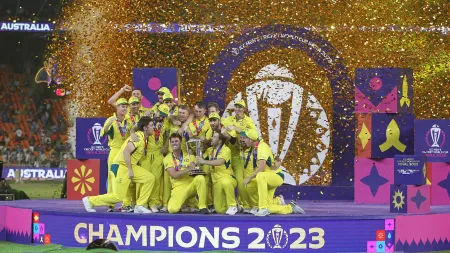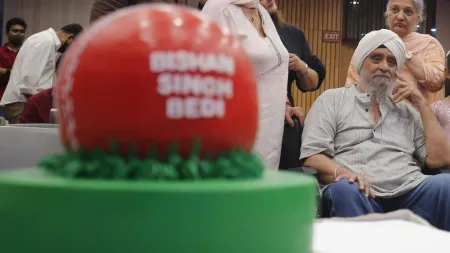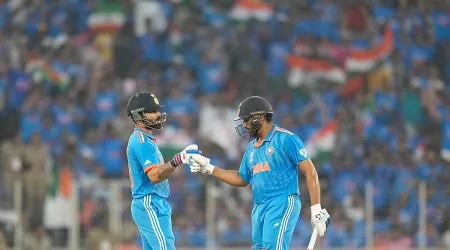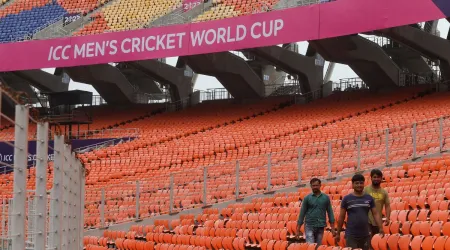- India
- International
IPTL: The game of one-set match
IPTL believes in a tie-break at 5-5 and it believes that the tie-break cannot last more than five minutes.
 At the very core of tennis lies an inherent belief in and appreciation for limitlessness. (Source: PTI)
At the very core of tennis lies an inherent belief in and appreciation for limitlessness. (Source: PTI)They say the IPTL is here to stay. And after just one day of the league in New Delhi, we’d like to believe that. Without it, the country wouldn’t have witnessed Gael Monfils take on Jo-Wilfried Tsonga — two players in the peak of their powers —who within just 10 games produced perhaps the best display of baseline-play this country has ever seen.
It was top stuff — violent, exhilarating, heart-wrenching, gut-wracking and whatever other hyperbole you’d like to insert here, all at the same time. But here’s the thing: It’s great for whatever it is but it just isn’t tennis.
Allow us to explain why.
At the very core of tennis, the way we know it, the way ITF runs it, lies an inherent belief in and appreciation for limitlessness. It adds to the theatre. Theoretically, a single point can go on for ever. To infinity and beyond, as Buzz Lightyear would say. So could a set. And so could a tie-break. And hence so could a match.
So, as Rafael Nadal and Novak Djokovic yank each other from side to side for points consistently over 35 strokes in the 2012 Australian Open final, or when John Isner and Nicolas Mahut play a total of 138 games (70-68 to Isner) in the fifth set alone of a match that lasted three days, we drool not only at their skills, but also thrill at the possibility of having gotten so much closer than before to infinity.
The IPTL doesn’t believe in infinity. It believes in a tie-break at 5-5 and it believes that the tie-break cannot last more than five minutes. That’s not just a belief, but a rule. They call it an innovation. It believes in getting two points for the cost of one and it believes in giving a player 20 seconds between points and a ticking clock to remind you of those 20 seconds. And if you still aren’t aware of time running out, it believes in buzzing a sharp alarm when the countdown has reached its final five seconds. It believes in packing in as much as it possibly can, like groceries in a supermarket trolley.

There’s a strong reason for all of this, the neo-converts may say. And the reason is pure economics. Unlike with a game like football for instance, which begins, breaks and ends at stipulated times, where the advertisers know just when to advertise, tennis has suffered due to its lack of a permanent prime-time.
Yes, Roger Federer plays during the night session of the US Open and the advertisers would like to buy fixed slots during his play, but due to the limitless qualities of the match preceding Federer’s, it just cannot be done with pin-point accuracy.
But that’s where the IPTL claims to have fixed the ‘prime-time’ problem. When they claim that a certain player will take the court at a certain time, he or she surely will — thanks to all the time constraints involved in the rules, rules that stop tennis from truly being tennis.
So if you take tennis’s T away IPTL, it becomes ‘IPL’. But this league is more in line with Hong Kong Sixes, where a batsman declares after reaching 30 to give the next big-hitter in his side a chance.
Great fun, but it’s just not cricket, is it?


































